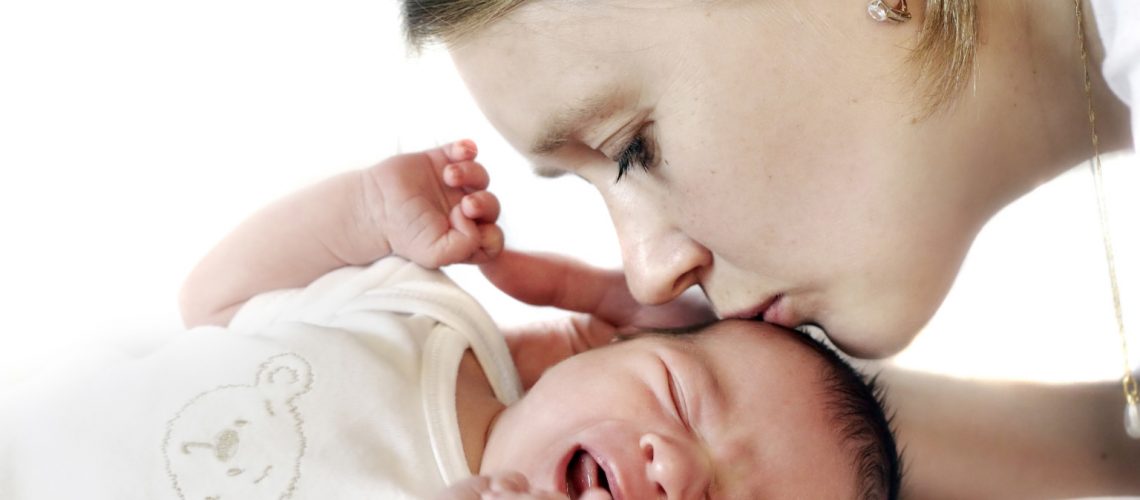Has your child woken up screaming at any point in time? A sudden frightening child screaming awake shortly after falling asleep. It could be that your child is having a night terror – something that is much like walking in your sleep. But how do you know that it is not a nightmare? And what can you do about it? Especially when the boogie monster comes to play?…
Most importantly, understand what a night terror is.
- Children experiencing night terrors will appear to be awake but they are usually asleep, though not dreaming. They will appear upset and will in most cases be unresponsive to anything that you do.
- They will still be asleep although their eyes might be open
- Night terrors can last anywhere from 5 to 25 minutes, during which the child is inconsolable.
- Children with night terrors tend to have more dramatic shifts in EEG patterns during the night which could be caused (for example) by having a cold
- Usually night terrors occur in the first two hours after falling asleep.
- Sweating and elevated heart rate are not uncommon
- It occurs during non rapid eye movement sleep
- Most toddlers will not remember this when they wake up in the morning – they would be unaware of what happened
(Keep in mind that nightmares usually occur later in the night or even the early morning.)
What can you do to stop night terrors
Here are a few ideas of what you can try:
- Keep a log of the date, time etc. of when the night terrors happens.
- An earlier bed time might make all the difference. Start by moving their bedtime a bit earlier-even if that means just 15 to 30 minutes each night.
- Wake your child gently, 15 minutes prior to when the night terrors usually occur. Make sure they shift position, roll over, or even mumble in their sleep although you don’t need to wake them fully.
- Do this about 10 nights in a row if you would like to see a difference
What Causes A Night Terror?
Sleep deprivation believe it or not. It causes people’s sleep cycles to become disrupted. Sleep cycles can also be disrupted by schedule changes, travel, illness, sleep apnea, or even developmental milestones like starting to walk.
Around 5% of children get night terrors and interestedly enough, boys are more inclined to get them than girls.
Technically, because of the nature of what a night terror is, it can happen at any time in a child’s life. Night terrors typically occur in children ages 3-12, with a peak onset at age 3 1/2
What to do then?
Avoid waking them or interfering as this can prolong the terror although it’s perfectly fine to be in the room to monitor them and keep them safe. The hard thing is that during the night terror there is not much you can do!
What about nightmares?
Interestingly, according to Jodi Mindell Ph D kids don’t develop real fears until age 2 or 3. “Until then, it’s very unlikely that a baby would have a scary dream,” says Mindell.
It could be caused by a number of things, and is usually related to what happens during the day.
A few common causes of nightmares may be:
- A new caretaker.
- A new baby,
- Preschool,
- Developmental changes
- Change in routine
- Moving house
- Any new stresses
A few ideas to cope with nightmares:
- Keep a predictable bedtime at a good hour
- Your child has trouble separating what is real and what is not so avoid obvious “scary” triggers
- Keep screen time to a minimum before bedtime
- Illuminate the room with a no-blue light night light
- Talk your child through his/her fears during the day
By Petro Thamm
#sleeptraining

